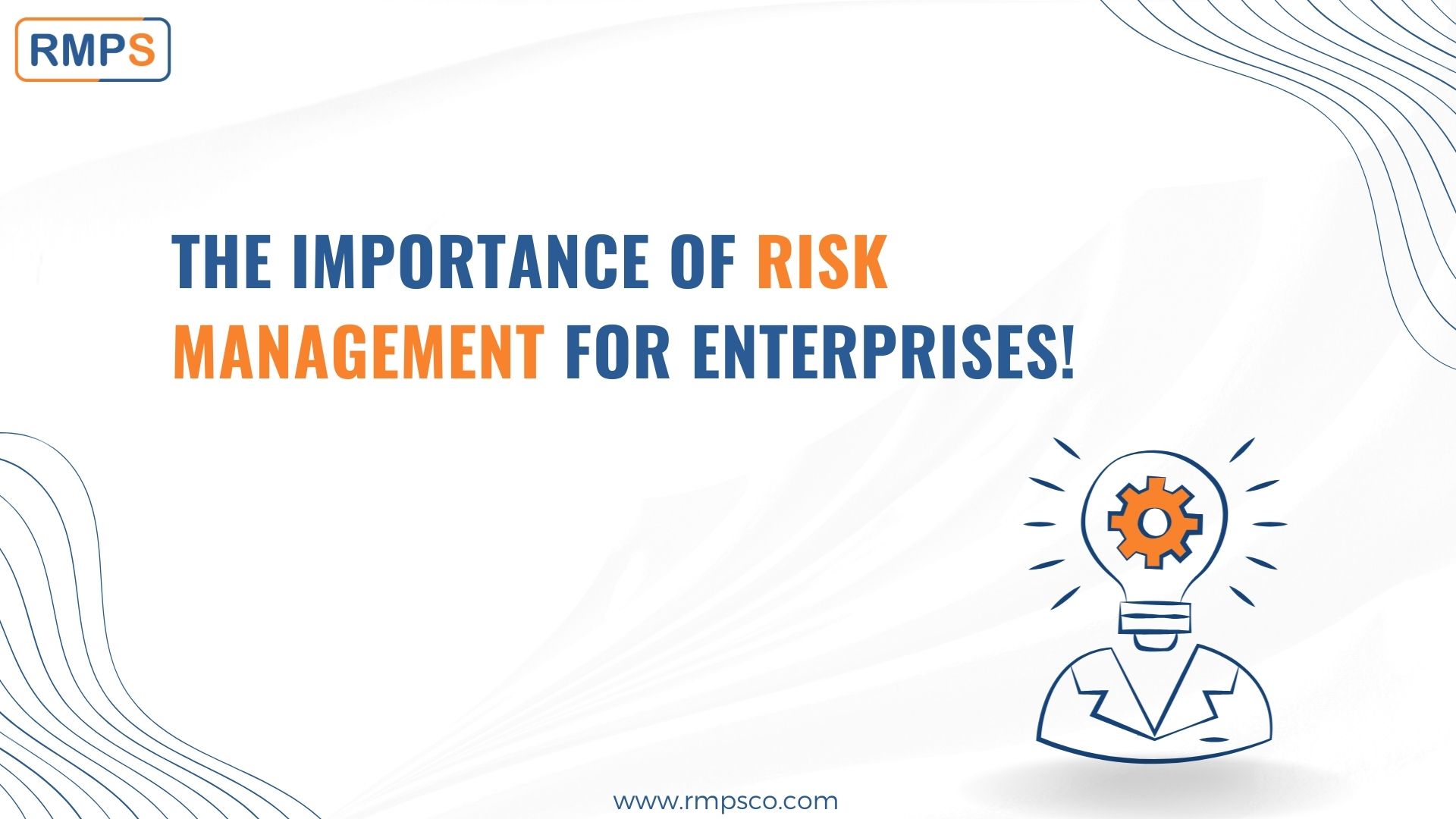The Crucial Importance of Risk Management in Protecting Corporate Assets
The Crucial Importance of Risk Management in Protecting Corporate Assets
Blog Article
Discovering the Relevance of Risk Management for Effective Decision-Making Methods
In the intricate world of organization, Risk Management emerges as a crucial aspect in the decision-making process. The ability to identify prospective dangers and possibilities, and plan accordingly, can spell the distinction in between success and failing.
Recognizing the Principle of Risk Management
Risk Management, a vital element in decision-making, is frequently misinterpreted or oversimplified. Normally, it describes the recognition, analysis, and prioritization of threats to lessen, keep an eye on, and regulate the chance or influence of unfavorable occasions. It's not just about protecting against unfavorable end results, yet also about acknowledging potential chances. Risk Management involves self-displined and organized techniques, making use of information and informative evaluations. It requires a thorough understanding of the company's context, purposes, and the potential threats that can obstruct them. From monetary unpredictabilities, lawful liabilities, strategic Management errors, to crashes and all-natural catastrophes, it addresses different risks. Importantly, reliable Risk Management is not stationary; it's a continual, positive process that evolves with changing conditions.
The Duty of Risk Management in Decision-Making Processes
In the realm of critical planning and organization procedures, Risk Management plays an integral role in decision-making procedures. It aids in identifying potential risks and uncertainties that could impact the success of business goals. By mapping these threats, firms can formulate techniques to minimize their influence, making sure organization continuity and stability. Risk Management therefore ends up being an important device in decision-making, aiding leaders to make informed choices based on a detailed understanding of the threats entailed. It urges an aggressive approach, allowing organizations to expect and prepare for feasible future situations. This substantially lowers the likelihood of negative consequences, promoting more effective and efficient decision-making strategies. For that reason, Risk Management works as an important part in the decision-making processes of any organization.

Just How Risk Management Improves Strategic Planning
In the context of strategic preparation, Risk Management plays an essential function. Initiating with the recognition of prospective risks, it better includes the application of Risk reduction measures. The duty of Risk Management is vibrant however not fixed, as it demands constant surveillance and adjusting of methods.
Determining Potential Dangers

Applying Risk Reduction
Risk reduction approaches can vary from Risk avoidance, Risk transfer, to take the chance of reduction. Each Continue technique needs to be tailored to the certain Risk, considering its possible influence and the company's Risk resistance. Effective Risk mitigation needs a deep understanding of the Risk landscape and the potential effect of each Risk.
Surveillance and Changing Techniques
Though Risk mitigation is a vital action in strategic planning, constant surveillance and change of these strategies is similarly essential. It also provides an opportunity to assess the success of the Risk Management actions, allowing modifications to be made where required, more enhancing tactical preparation. Tracking and readjusting Risk Management approaches is an important part for improving an organization's resilience and calculated planning.
Situation Researches: Effective Risk Management and Decision-Making
In the globe of business and financing, effective Risk Management and decision-making typically offer as the columns of flourishing ventures. These cases highlight the worth of sharp Risk Management in decision-making processes. These cases emphasize the vital duty of Risk Management in calculated decision-making.
Tools and Techniques for Reliable Risk Management
Navigating the elaborate maze of Risk Management calls for the best collection of techniques and devices. These devices, such as Risk signs up and warmth maps, help in determining and assessing potential threats. Strategies include both measurable techniques, like level of sensitivity analysis, and qualitative approaches, such as SWOT analysis. These assistance in focusing on threats based upon their potential influence and likelihood. Risk feedback approaches, an essential component of Risk Management, include approving, staying clear of, transferring, or mitigating risks. Tracking and controlling threats, with regular audits and evaluations, a fantastic read make sure that the techniques stay reliable. With these devices and methods, decision-makers can navigate the complicated landscape of Risk Management, therefore facilitating notified and effective decision-making.
Future Patterns in Risk Management and Decision-Making Techniques
As we explore the vast landscape of Risk Management, it becomes apparent that the techniques and tools made use of today will certainly proceed to evolve. The idea of Risk society, where every participant of a company is mindful and involved in Risk Management, will certainly gain much more prestige. These fads herald a more inclusive and proactive technique in the direction of Risk Management and decision-making.
Final thought
:max_bytes(150000):strip_icc()/operational_risk.asp-Final-4be32b4ee5c74958b22dfddd7262966f.png)
Risk Management therefore ends up being a Recommended Reading crucial tool in decision-making, helping leaders to make enlightened selections based on a detailed understanding of the dangers involved. Risk reduction methods can range from Risk evasion, Risk transfer, to take the chance of decrease (importance of risk management). Efficient Risk reduction needs a deep understanding of the Risk landscape and the possible effect of each Risk. Risk response methods, a crucial element of Risk Management, entail approving, staying clear of, transferring, or mitigating dangers. The idea of Risk culture, where every participant of an organization is conscious and involved in Risk Management, will acquire much more importance
Report this page